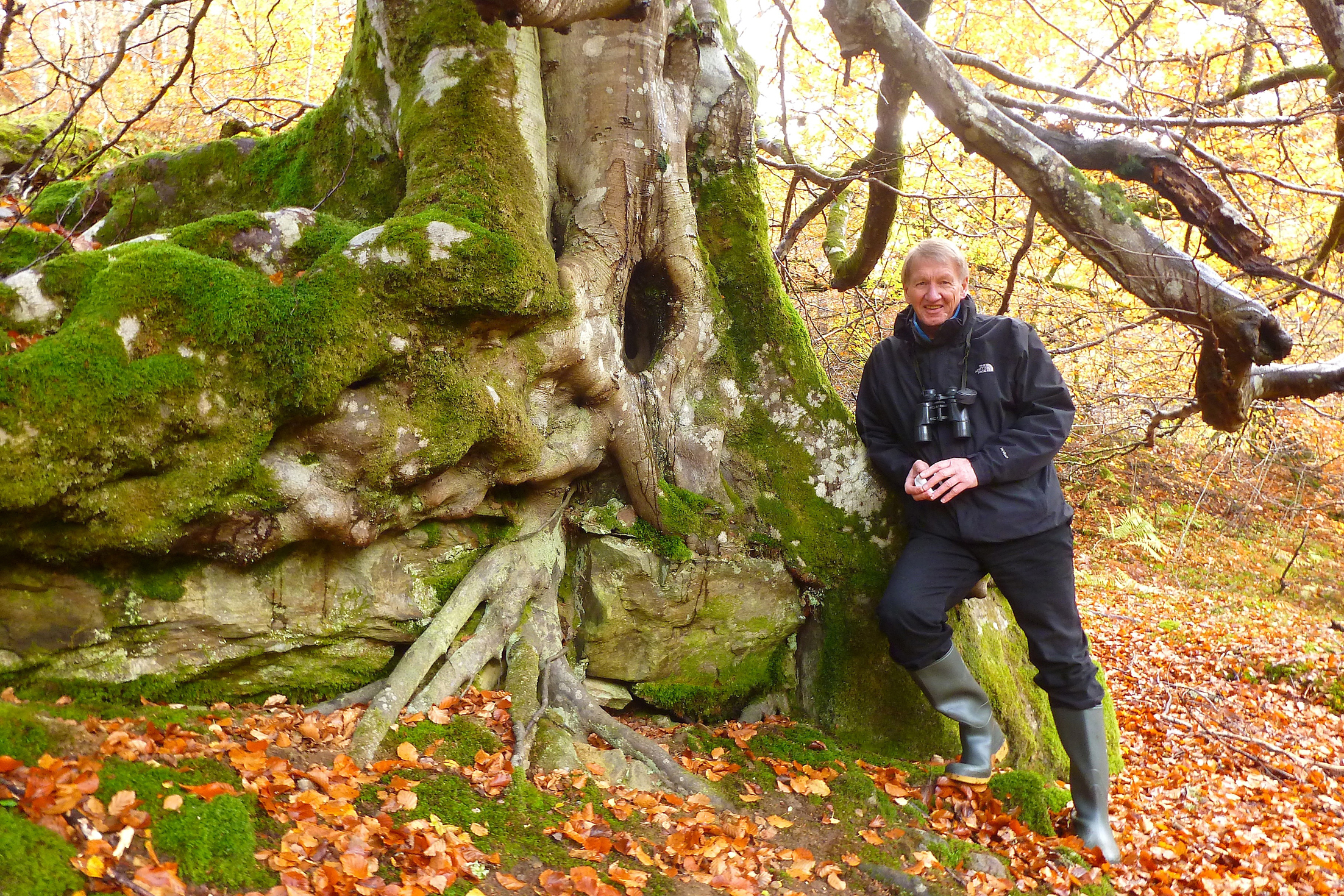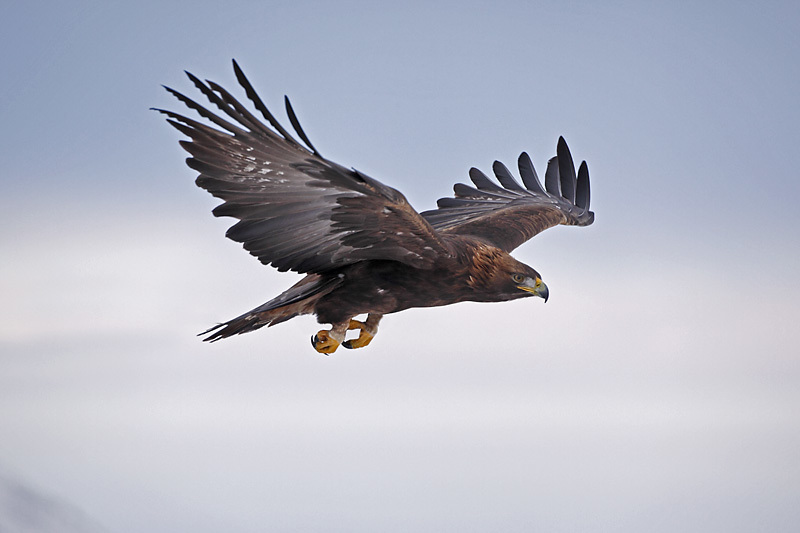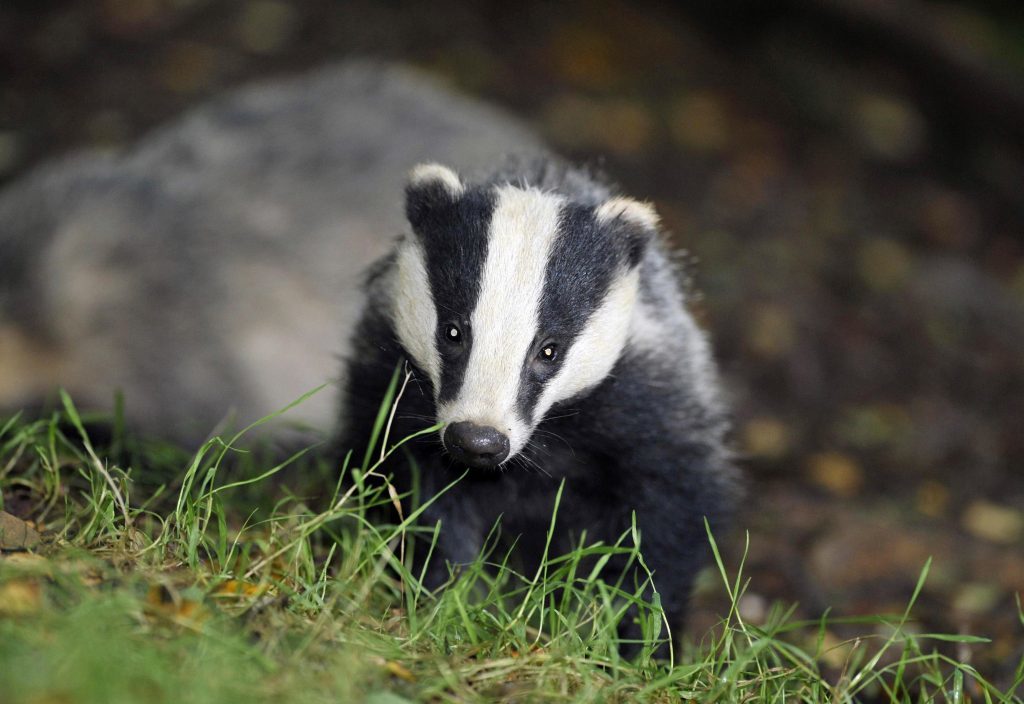From time to time I am asked how come I seem to see so much wildlife.
“Seem to” is the recurring phrase, often embellished by accessories (an over-arched eyebrow, an unnecessarily-jutting jaw, a pointedly upward inflexion on the word “wildlife”), all of which are designed to imply scepticism.
Most people who read my books believe them, take me at my words, which is good because they contain nothing but the truth as I see it. The people who are unconvinced at least part of the time inevitably compare what I “seem to” see with what they see, and the conclusion I draw is they “seem to” see less.
There is a simple reason why this may be so, and there is a less simple, more subtle reason.
The simple reason is that almost inevitably I am out there more than they are. Being out there in nature’s company and writing down what I see (and what I think about what I see) is my job, five or six and sometimes seven days a week. I don’t have another one. The few occasions when I go off-piste in this column constitute the only working time I spend writing about something other than the natural world. So I seem to see more because I look more.
The second, the more subtle reason, is because mine is a “seeing” job, and arguably more so than it is in the lives of writers who are not nature writers (which, let’s face it, is most writers), and in the course of writing thirty-something books I have got better at it. The quality of the seeing has improved.
In that regard, I concede that I have been lucky. I have been taught by a few of my friends (mostly artists) how to see better. So I have learned not just to look for the creature itself but also to pay attention to its surroundings, its landscape, the light that infuses its landscape, and how that light reveals more than I would have seen had I not learned to use it.
Whatever improves the quality of the seeing also improves the quality of the writing, and I see more to write about, and more ways to write about it.
And then there is space. The chances are that if you are, say, out for a walk in the hills and you see a golden eagle, you will see it because it is against the sky. The chances are also that it will be high up and far off, a speck. This is a bird with six-to-seven-feet wingspan but what you saw is a speck. It’s what most people see.
But I was also lucky to befriend a man who knew more about eagles than most people will ever know (including me), and he taught me that if you want to see the golden eagle at work you must learn to scan the middle distance. It is trickier than it sounds.
Say you are in a glen frequented by eagles. It is a north-south glen and you are halfway up the glen’s east flank, and you look across to the far side of the glen, the west hillside. The middle distance is the space between the two hillsides, and your job is the scrutiny of that gulf, a gulf with no focal point, unless, that is, something flies through it, because most of the time an eagle is flying, it is in the middle distance, and so for that matter are many of its neighbours and fellow travellers.
You get better at it if you practice.
Bearing in mind all of the above, I have had a good week. I have been watching a pair of black-throated divers on a loch in Highland Perthshire. I have discovered that a badger sett in Stirlingshire I was told had been deserted is thriving, but has simply moved a hundred yards uphill. And at Loch Leven, I found a new badger sett, reedbeds buzzing with the tiny vigour of sedge warblers (their voice does everything but warble) and reed buntings, and all the while the path round the loch was graced by low-flying skeins of mute swans commuting between the loch and the surrounding fields and ponds.
My day there was attended by a species of pervasive magic, and at one point I stepped aside into a quiet wooded corner where I could see the sett, the reedbeds and their denizens, and the occasional sunburst of swans flying to the rhythm of their own wingsong.
In the time I watched, not one of the cyclists, walkers and dog walkers who passed lifted an appreciative eye or stopped in their tracks to look at the fleeting magic that surrounded them. They didn’t seem to see any of it.
Jim Crumley is at Waterstone’s in St Andrews for a Nature Writing Weekend on Saturday May 28 at 1pm, and at Waterstone’s in Perth on Thursday June 9 at 6.30pm.












